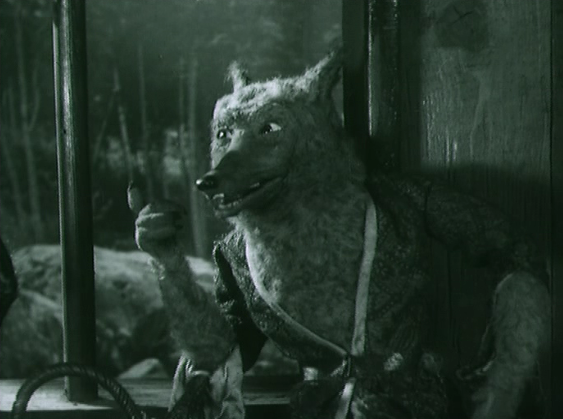•
The Story: One spring, a little fawn is born into a world of sunshine and flowers - but as the seasons pass, and the young deer comes of age, neither he nor the world around him will remain so innocent.
_____________
“You’d be forgiven for picturing cute, wide-eyed little critters wandering through daisy fields and singing happy songs,” I wrote when introducing this month’s theme, adding pointedly, “Not so.” And I meant it - yet here we are! Well, let this prove that clichés obscure more than they illuminate. The cute, wide-eyed little critters of Bambi inhabit a violence- and sex-filled world of tragedy, stoicism, and carnage. Despite frequent light and happy moments, this is ultimately a very dark forest indeed. Why? To unearth Bambi's roots, I dug up the book that gave it birth.Felix Salten’s Bambi was published in 1923, and it shares the qualities of much classic children’s literature: quiet, thoughtful, with a delicate playfulness, yet fundamentally somber, elementally instructional and subtly allegorical – simple yet deep. Walt Disney more scrupulously balances the dark and light, yet much of the book’s mood and atmosphere is effectively conveyed. Those majestic moments when Bambi and his mother cautiously approach a meadow, or tiptoe through the snow to hunt for food, admirably capture Salten’s spirit. Even those prototypical Disney elements – anthropomorphized chattering forest critters, resembling gossipy housewives or restless schoolkids – have their source in Salten, who devotes many pages to the silly conversations of little birds.



